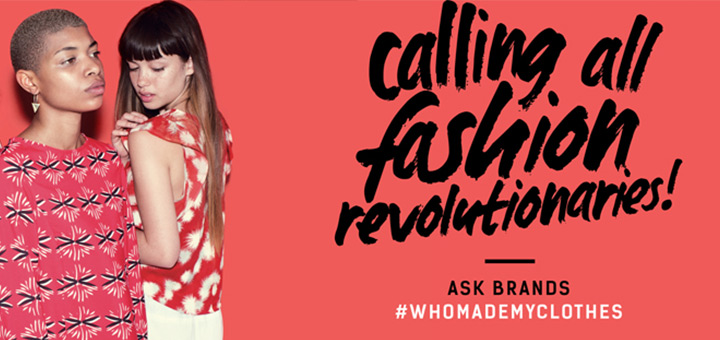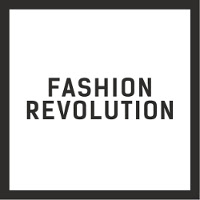
Who Made Your Clothes?
Many of us see the New Year as a time for change, it’s easier to think about starting something new at the beginning of the year, or a month, or the week even. Whether you make them or not, New Year’s Resolutions are all about making changes to improve our lives, making us the best person we can be and making the right choices when it comes to the treatment of other people and the world. One of my own resolutions is to invest in my clothing, that means buying sustainably made clothes rather than ‘fast fashion’ – which harms both the people who make it and the environment.
On New Year’s Day I watched The True Cost, a documentary about the fashion industry and how the ‘fast fashion’ model of the last decade is damaging our planet by exploiting garment workers in developing countries whilst having devastating effects on the environment – it is the second highest polluting industry after oil. In many instances the cotton is grown using harmful pesticides, the dyeing processes release toxic chemicals into water systems, the production process releases CO2 and other harmful chemicals into the air, then there’s the transportation on top of that, and then the disposal of the garment.


Our favourite ethical fashion brands like Thought (formerly Braintree) and People Tree use sustainable materials to make their clothes such as organic cotton and bamboo. Organic cotton is grown without the use of pesticides which are extremely harmful to the environment because they release chemicals into the air and over time can destroy the soil – they are also extremely harmful to bees. Bamboo grows at a much faster rate than any other wood, which is why it is a sustainable material, and it makes beautifully soft and durable clothes that look beautiful and last for years.
These brands are also founded on Fair Trade principles, which means they only use factories that provide a good wage and good working conditions for employees. It’s likely you’ve heard of the Rana Plaza disaster, where an eight-storey building housing five garment factories collapsed in Bangaldesh, killing over 1,000 workers and injuring over 2,500 more. In our desire for cheaper clothing, high street brands use a cheaper workforce, and these factories usually cut corners, forcing people to work in structurally unsafe buildings as was the case in the Rana Plaza Disaster – and usually for a fraction of what is considered a living wage.
 Fashion Revolution Day falls on April 24th, the anniversary of the Rana Plaza disaster, and it calls for everyone to ask clothing manufacturers ‘Who Made my Clothes?’ specifically on social media to encourage these high street brands to be more transparent about their supply chain, and to ensure the factories where their clothes are made are safe and employees are treated fairly.
Fashion Revolution Day falls on April 24th, the anniversary of the Rana Plaza disaster, and it calls for everyone to ask clothing manufacturers ‘Who Made my Clothes?’ specifically on social media to encourage these high street brands to be more transparent about their supply chain, and to ensure the factories where their clothes are made are safe and employees are treated fairly.
So what can you do? Well invest in your clothes! Buy more from sustainable fashion brands, buy clothes that you really love and are going to last a long time – and buy less. I know this isn’t always financially viable, so don’t beat yourself up if you can’t always do that, but make sure you constantly ask big brands who makes the clothes, if they are sustainably made – if enough of us make a fuss about maybe sustainable fashion will become the norm.



I definitely agree with this and have made my own resolution to only buy sustainable fashion (which actually started last year with my Patagonia winter coat which is brilliant quality and made to last http://www.ethicalsuperstore.com/products/patagonia/ )
Plan: spend a bit more and buy a bit less to have a sense of ethics where I didn’t think about it before!